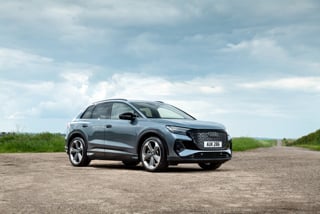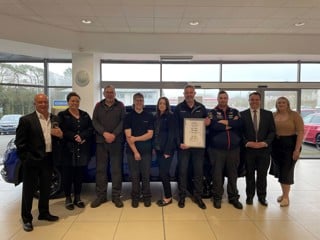Although Honda initially marketed the Accord with the catchline, “Isn’t it nice when things just work”, I would argue that it is the Jazz which is a better illustration of a successful product.
When it was launched in the UK in 2002, it pre-empted a trend towards taller, more spacious small cars.
Honda didn’t have a diesel available for the car to compete against the mainstream European small cars, nor was there a wide range.
Launched with one engine (a 1.2-litre was added late in 2004), three trim grades (S, SE and SE Sport) and a choice of manual or CVT automatic transmissions, the Jazz kept things simple.
Quality was up to the high standards expected of Honda, and the car was very reliable.
Of course, the innovative rear-seat versatility, and huge luggage capacity was also a major selling point.
A new Jazz is expected next year, and looking back on the current model’s time on the market, it’s remarkable that future residual values have held firm throughout, even hardening a touch as volume increased. The Jazz has performed at least as well as the Volkswagen Polo in its sector on the used market.
Honda dealers seem to be able to sell 10,000-mile cars for a few hundred less than list price, while according to our used values, the earliest Jazz models (now almost six years old) with average mileage are still sold for more than £3,500 by independent dealers.
When people contact us asking which small car they should buy, the Jazz is usually high on our list of suggestions.
Given the range of ability and the success of the car, it isn’t hard to see why.

















Login to comment
Comments
No comments have been made yet.